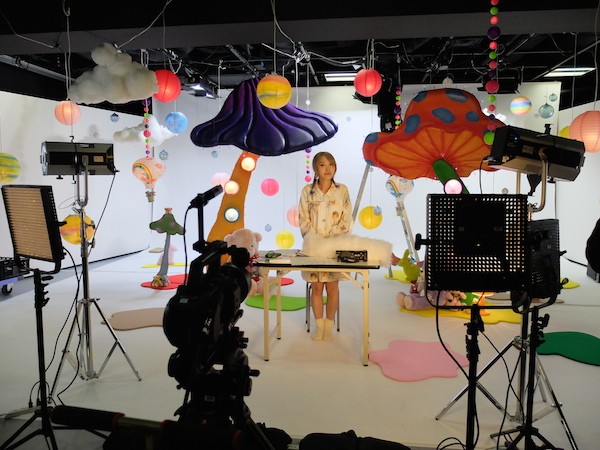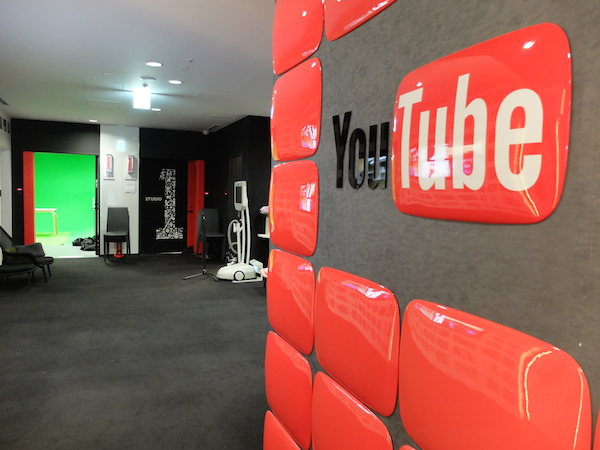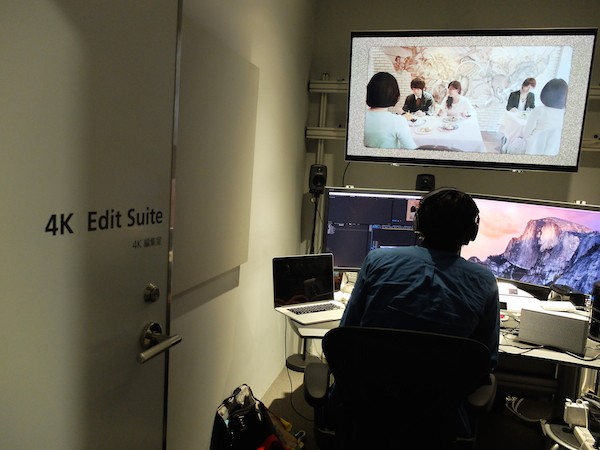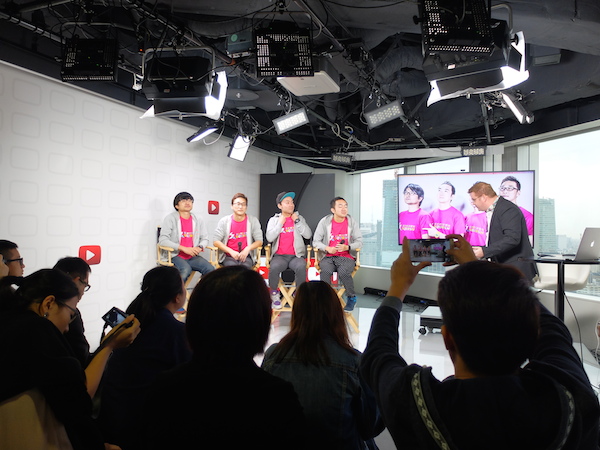YouTube Spaces aim to help creators produce better content
A video content with game element and viewer engagement is destined to become a hit. In 2013, Japanese video content creator Squash Films decided to upload “Stalking Vampire” on YouTube “to reach to a worldwide audience.” So far, the video has more than 10 million views on YouTube and a total of 140 million across all other channels.
“Stalking Vampire” is a web series about a group of people being haunted—and forced to fight—vampires. Its success led to Squash Films’ partnership with another Japanese media entertainment group Breaker Inc. and the release of “Stalking Vampire 2.” The series has a total fan base of 350,000 with 250,000 coming from YouTube and the remaining from other online channels where it is being streamed.
Google Tokyo took notice of the series’ immense popularity and decided to invite the members of Squash Films to create their content at YouTube Space in Roppongi Hills.
YouTube Spaces are created for collaborations among creators as well as venues for them to meet and exchange ideas. YouTube Spaces have worked with production companies and stars to create special original content.
“We want to inspire innovation, creativity and experimentation,” said David Macdonald, head of YouTube content operations for Asia-Pacific at Google Inc.
Google has recruited online stars to promote its local-language channels “with more targeted original programming and higher production values.”
“We want to enable creators to learn from industry experts, collaborate with other creators and have access to the latest production and post-production digital video equipment at no cost,” Macdonald added.
YouTube has over a billion users and the number of people watching YouTube a day is up 40 percent year on year since March 2014. The number of hours people spend watching videos on YouTube is up 60 percent year on year.
It can be told that YouTube is becoming a powerful platform not only for content but also for advertising based on the growth trend in viewership. The video-sharing site has an estimated revenue of $4 billion in 2014. It also means that professionally produced videos may have a better potential to be clicked and watched than the ones with less appealing cinematography or production set.
As of March 2015, creators filming in YouTube Spaces have produced over 10,000 videos, which have generated over one billion views and more than 70 million hours of watch time. About 300 hours of video is uploaded every minute.
Facilities
The 700-square meter Space located on the 29th floor of Roppongi Hills has two studios. Studio 1 has sound isolation walls, which makes it perfect for music video productions, while Studio 2 has green screen cyclorama on two walls, for content that needs computerized graphic background or special effects.
The newsroom’s backdrop is the Tokyo Tower and is equipped with four microphones and two broadcast cameras.
The Space now has two editing rooms. The 4K editing was added only recently for content that are shot in 4K or ultra high-definition video with 1080p (or progressive scan) resolution. Simply put, 4K is meant to give the most natural image color.
Like any production house, YouTube Space has recording and control rooms. The control room has a carbonite production switcher, which delivers high-end production power.
Video content creators can choose from the different production sets YouTube built: Japanese room, classroom, dresser room, and performance stage. It also has a kitchen, makeup room and training room.
“YouTubers” can use all of these at no cost provided they meet the requirement of having a minimum of 5,000 subscribers on the YouTube channel. They can then apply for a slot to use the Space’s facilities. Creators simply need to sign up to a course called “Unlock the Space” to learn how to properly—and maximize—use the studios and equipment.
For the ones who are just starting to use the platform, YouTube gives workshops and events to familiarize themselves to the community. Since the first Space was launched in 2012 in London, creators have visited YouTube Spaces around the world over 100,000 times and have had over 800 events and workshops and its partners have created over 11,000 videos.
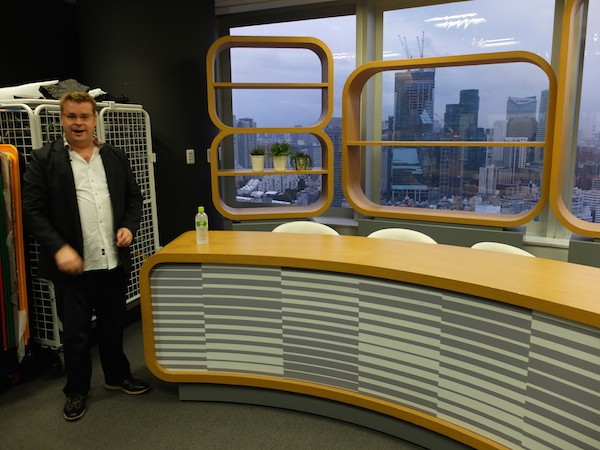
David Macdonald, head of YouTube content operations for Asia Pacific at Google Inc., at the newsroom overlooking the city of Tokyo
The strategic location of YouTube Space Tokyo has made it the perfect venue to organize events for possible advertisers, brands and companies.
Other YouTube Spaces are located in Berlin, Los Angeles, London, Mumbai, New York, Paris, and Sao Paulo.
Technology giant Google acquired YouTube in November 2006. The video-sharing website was founded by Chad Hurley, Steve Chen, and Jawed Karim, who were all early employees of PayPal. RC
